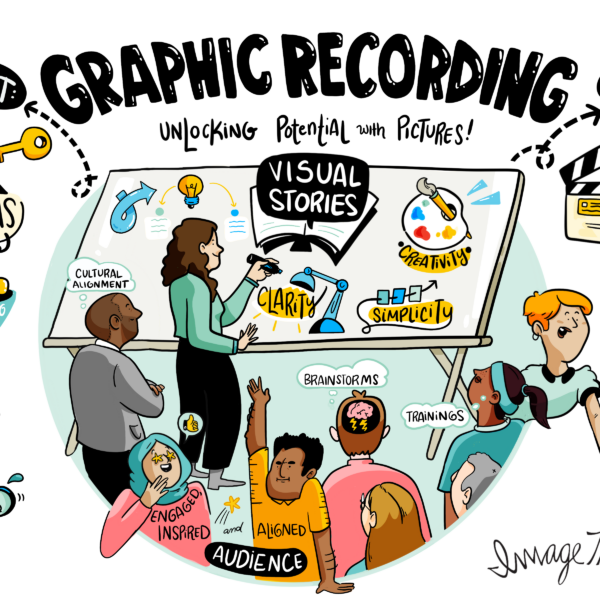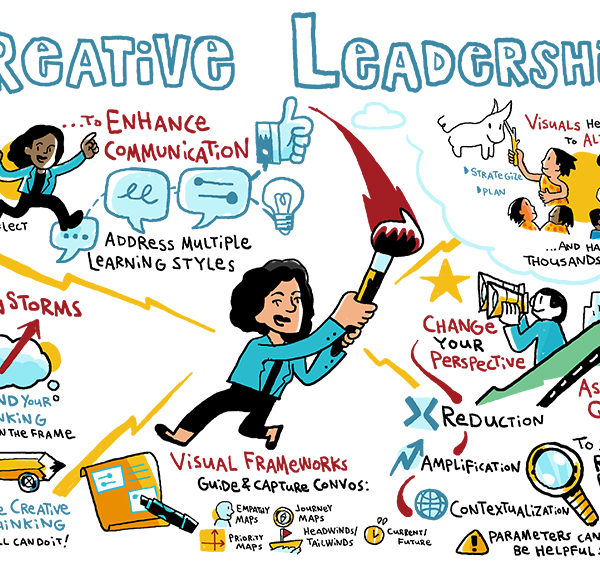Brainstorming: You’re Doing it Wrong.
We talk a lot about brainstorming here on the blog, and it’s one of the number one reasons our clients come to us. For a lot of people, the concept of brainstorming is sitting down alone with a notebook and racking their brain for a brilliant idea. The problem with that method is that it requires the brainstormer to wear too many hats: ideator, note-taker, editor, goal-setter….it’s too much to allow the brain to access pure creativity.
Don’t get us wrong, individual ideation is an important and valuable step in the brainstorming process, but in a lot of cases, the problem of failed brainstorms is a problem with the underlying definition and expectation of what a brainstorm is. As originally conceived, brainstorming has four rules (we’ve added an important fifth), which guarantee original thinking and fresh ideas. Read on to unlock your team’s brainstorming potential.
What is Brainstorming?
The practice of brainstorming came from desperation. In 1939 one of the largest ad agencies in America, Batten, Barton, Durstine, and Osborn (BBDO) was failing. Durstine left the organization, and billings were plummeting. Alex Osborn, (the O of BBDO) originated an idea he called “thinking up,”, and released a book, How to Think Up, in 1942. A key tenet of thinking up was to think broadly and wildly, generating as many new ideas as possible.
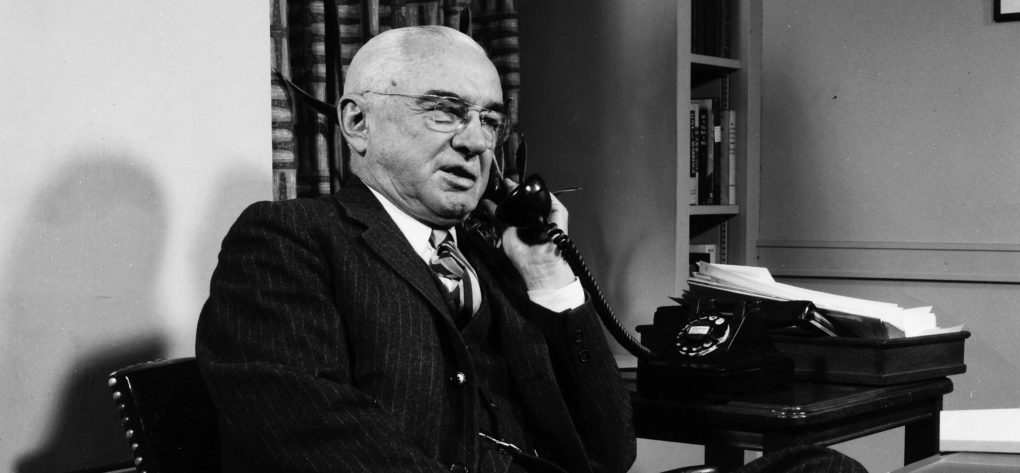
“It is easier to tone down a wild idea than to think up a new one.”
Alex Osborn
It worked. With more creative ideas, BBDO saw billings increased to over $100 million in 1951, and in 1953, Osborn followed up with Applied Imagination, in which he coined the term brainstorming, and defined the rules below. By 1958, 80% of America’s ten largest firms were utilizing Osborn’s method.
Over the years, the definition of brainstorming changed and widened to include individual ideation sessions, but the original term was intended to leverage the power of group thinking to align a team to storm the castle of a problem with a multitude of ideas.
Rule 1: Focus on Quantity
The first rule Osborn established was to define the end goal of the brainstorming process, which was to generate as many ideas as possible. Contrary to the popular idea that the point of a brainstorm is to come up with the best ideas, Osborn’s emphasized the quantity of ideas generated rather than the quality of ideas.
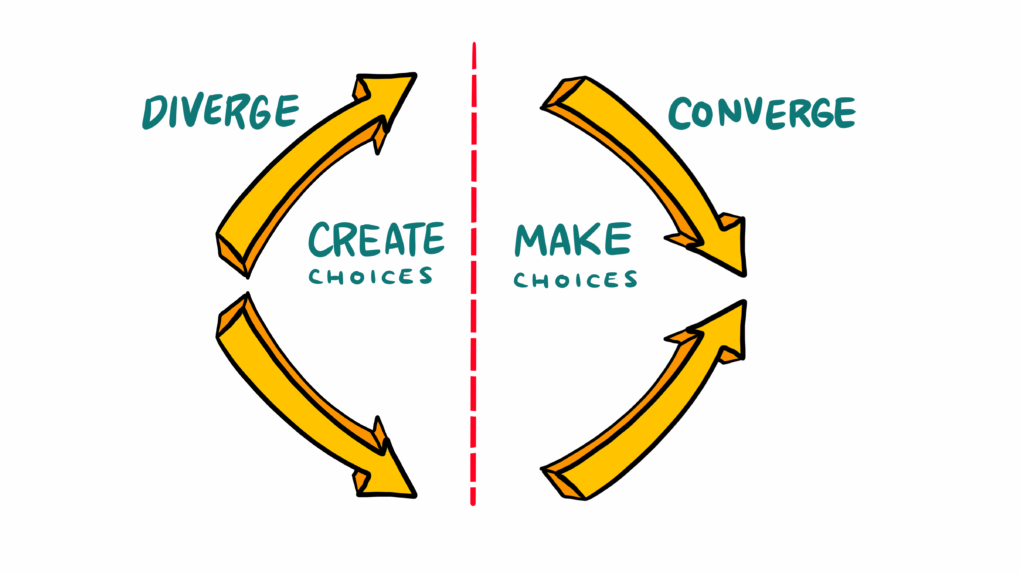
The key to Osborn’s whole process was creating a space that motivated everyone to throw out as many ideas as possible; with what’s known as divergent thinking. The argument being that while many of these ideas might be of low quality, or unrealistic, leaving no stone unturned made it more likely that a truly rare gem could be discovered.
Forget practicality here. Simply go for volume and crank it up to 11.
Rule 2: Withhold Criticism
Osborn’s second rule stated that no one was to criticize ideas as they were generated. By keeping all judgments out of the ideation process, team members participate free of self-consciousness. This way, everyone is ridded of the fear of throwing out a “dumb” idea (there’s no such thing).
An extension of the first rule, by disallowing criticism and evaluation of ideas during the process, teams would naturally maximize the breadth and scope of proposals to cast the widest net possible for finding solutions.
Rule 3: Welcome Wild Ideas
The third rule was that wild ideas were welcome and encouraged. Again, expanding on the previous two rules, when pursuing quantity, and disallowing criticism, naturally teams will be encouraged to throw out even the craziest of ideas.
And while many of these will be the first on the chopping block, any that make through are more likely to be truly innovative and game changing. The first two rules, therefore, serve to create a safe space for this third.
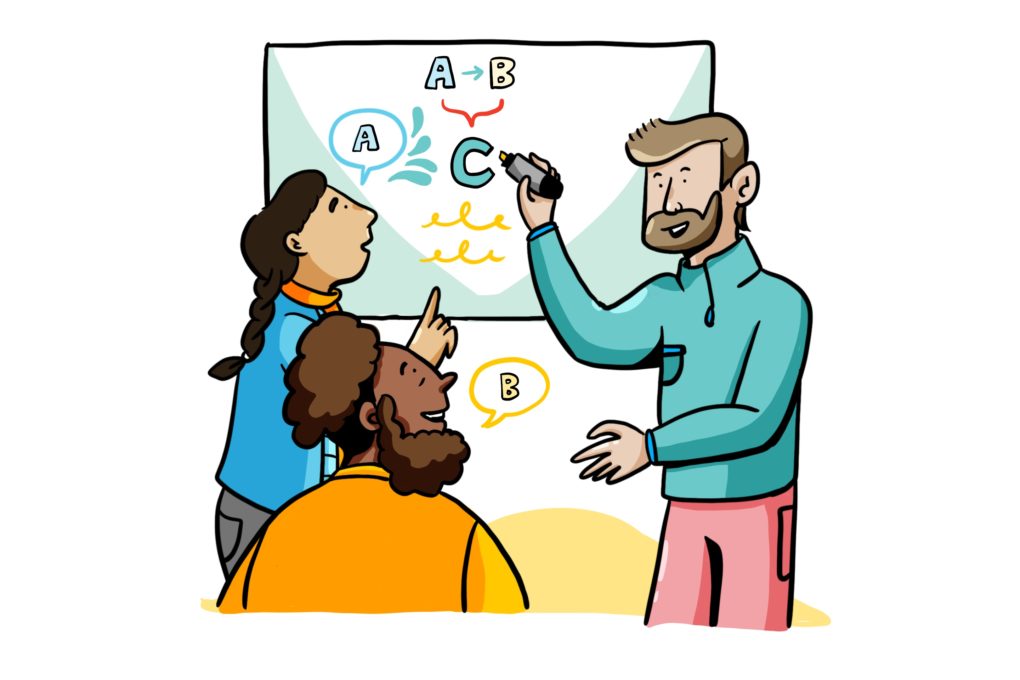
Rule 4: Combine and Improve Ideas
Osborn’s fourth and final rule encourages participants to build off one another’s ideas. By fusing, twisting, and smashing ideas together, often bolder ideas are uncovered. This serves not only the first goal of generating more ideas, but also the third rule of proposing truly wild ideas.
Think of it like cloud computing. Each brain in your session is a server with its own processing power. But better than a server farm, each mind in a brainstorm is unique. Participants bring their own backgrounds, ideas, and experiences, meaning your session not only has more mental horsepower, but also more considered perspectives.
Rule 5: The ImageThink Rule
Our only addition to Osborn’s original rules of brainstorming, but perhaps the one that we feel is the most critical to success, is including visuals! Even simple visuals can communicate an idea faster than words alone, and can spur others in the room to springboard off an idea. In our practice, we help clients leverage visual templates and frameworks that we’ve designed to help identify challenges, visualize an ideal future outcome, and map the way there.

Whether it’s a formal graphic recorder or graphic facilitator, or simple stick figures on post-it notes, incorporating visual thinking to your efforts ensures whole brain thinking. We use different areas of our brain when we see pictures, and when we do any kind of physical activity. Drawing engages both, meaning more synapses are firing, and more of your brain is engaged with the task at hand.
A Few Final Tips for Brainstorming
Even if you’re meeting in person or virtually, brainstorms work best when roughly 5-12 people are assembled. If your group is larger, we recommend breaking out into smaller groups to tackle the problem from multiple angles. In addition to the brainstormers, there should be one person assigned to take notes (ideally a graphic recorder), and one person with the authority to adjudicate a winning idea.
Additionally, it is ideal to include people with various disciplines and experience in your brainstorming session. Disparate backgrounds will bring diverse thinking to the problem. However, it is helpful if everyone participating is of a similar hierarchical authority at the organization. Otherwise, ideas from more senior team members can quickly drown out others.
It probably goes without saying, but it’s critical to create a space for creativity. This can be difficult when the team won’t all be in one place. But encourage team members to find a relaxed, upbeat environment, with plenty of paper and post-its and space to move around. Encourage them to leave their usual home office space.

Ready to brainstorm?
Our team of visual strategists are ready to illustrate your wildest ideas, map your largest plans, and unlock your team’s full creative potential. Contact us to get started!
